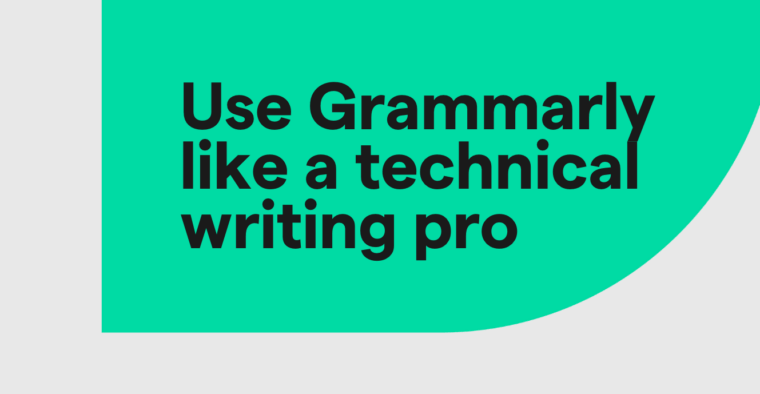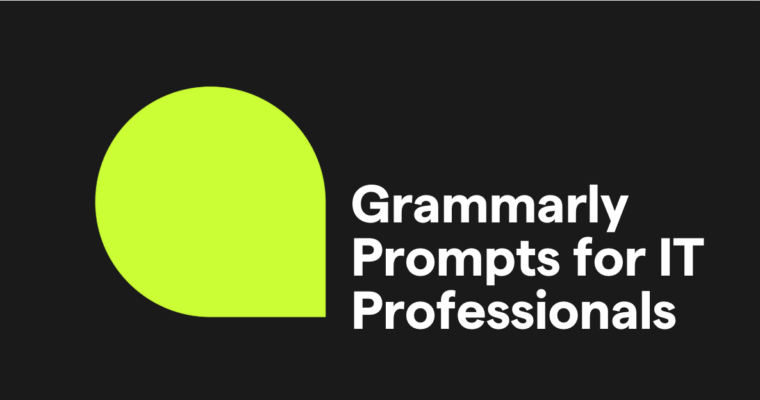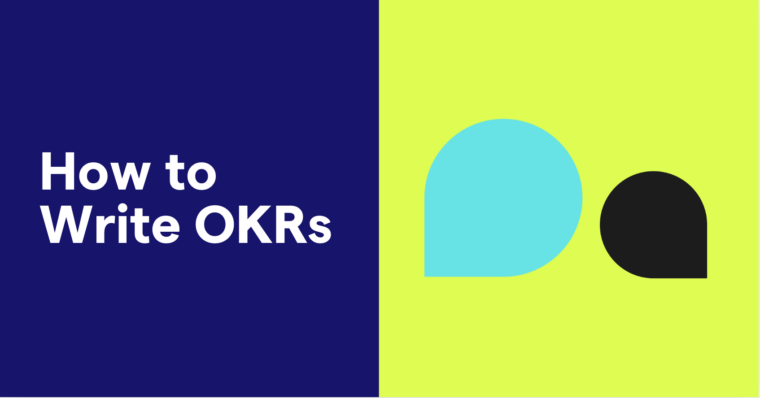
Do you need to write a project proposal but don’t know where to start? Don’t worry; we’re here to help. Crafting a project proposal is important for getting your project approved, funded, or supported. It outlines crucial details such as the project’s concept, objectives, methodology, budget estimates, team qualifications, and potential risks. Its primary purpose is to convince stakeholders like your boss, investors, sponsors, or management that your project is worth investing in.
Whether you work in business, academia, a nonprofit endeavor, or a government initiative, a project proposal is your tool to pitch your vision. This guide will help you choose the right type of project proposal and write your first proposal, and we’ll give tips for making it the best proposal possible. In case you’re unclear about the overall concept, we’ll also review the difference between project proposals, project plans, and business plans. Let’s start with the basics.
What is a project proposal?
A project proposal is a detailed pitch explaining what your project is, why it’s important, how you plan to do it, and how much it will cost. It also includes who will be involved and how you’ll measure success. Project proposals are used to convince stakeholders, like your boss, investors, or potential partners, that your project is worth doing. Think of it as a roadmap for your project that helps you get the resources you need to make it happen.
When should you write a project proposal?
You should usually write a project proposal when you have a specific project in mind and need approval, funding, or support to make it happen. But a proposal isn’t always called for. You’ll have to assess the specific context and expectations of the stakeholders involved to know whether you need to write a project proposal. However, even when a formal project proposal isn’t required, clear documentation and effective communication can still be beneficial.
The following are instances when you might not need a proposal:
- Personal or small-scale projects
- Routine tasks
- Projects with established processes
- Informal projects
Types of project proposal
The type of project proposal you should use depends on your industry, where you’re submitting the proposal, and the type of project you’re suggesting. Here are some of the most common types of project proposals.
Solicited proposals
Responses to a request for proposals (sometimes called RFPs) or other formal requests from clients, organizations, or government agencies are considered solicited proposals. They outline how you’ll address the requirements and expectations outlined in the request.
Unsolicited proposals
In contrast to solicited proposals, unsolicited proposals aren’t requested by a client or organization. These are proactive pitches presenting a project idea to a potential client or stakeholder to garner their interest and support.
Internal proposals
Internal proposals are used within an organization or a business to seek approval, resources, or support. They may include projects related to process improvements, new initiatives, or organizational changes.
Grant proposals
Usually used by nonprofits, researchers, and scientists, grant proposals are used to secure funding from foundations, government agencies, or other grant-making entities. To demonstrate eligibility, these proposals outline the project’s objectives, budget, and expected outcomes.
Research proposals
These are similar to grant proposals. Academics and scientists use research proposals to outline their objectives, methods, and expected contributions to the field. These proposals are submitted to obtain funding or gain approval for research endeavors that don’t involve grants.
Marketing proposals
Marketing professionals use proposals to present strategies, campaigns, and product launches to clients or upper management. These proposals typically include target audiences, marketing channels, and expected outcomes.
Business proposals
Business proposals are used in various contexts, such as partnership proposals, product or service proposals, or expansion plans. They outline a business opportunity, its benefits, and the potential returns on investment.
Event proposals
Event planners and organizers use event proposals to present their ideas for conferences, seminars, weddings, and other events. They detail event themes, logistics, budgets, and expected attendee experiences.
Feasibility proposals
Feasibility studies assess the practicality and viability of a project before it’s begun. They analyze technical, financial, operational, and market-related aspects to determine whether the project is worthwhile.
Nonprofit project proposals
Nonprofit organizations create project proposals to secure non-grant funding for specific initiatives, programs, or projects in pursuit of their mission. They detail the project’s goals, beneficiaries, and budget requirements.
Sales proposals
Salespeople use sales proposals to present product or service offerings to potential customers. They highlight the offerings’ features, benefits, and pricing to persuade the customer to purchase.
Project proposal outline
The outline you use for your project proposal should be specific to your proposal type. Your outline will vary to include the unique items listed in the proposal types above. But most proposals follow a similar basic structure.
Outline of a project proposal
Here’s a general project proposal outline that you can modify for your project’s distinct components.
I. Cover Page
- Project title
- Your name or organization’s name
- Contact information
- Date of submission
II. Executive Summary
- A brief overview of the project
- Key objectives
- Benefits and significance of the project
- Request for support or approval
III. Table of Contents
- Sections
- Page numbers
IV. Introduction
- Background
- Context
- Problem statement or opportunity statement
V. Objectives
- Measurable goals
VI. Scope
- Boundaries
- Limitations
- Inclusions
- Exclusions
VII. Methodology or Approach
- How the project will be executed
- Project plan or timeline in a table
VIII. Budget
- Estimated costs
- Sources of funding or financial support
IX. Team
- Key team members
- Roles
- Relevant qualifications
X. Risk Assessment
- Potential risks or challenges
- Strategies for risk mitigation
XI. Benefits and Deliverables
- Specific deliverables
- Outcomes
- Benefits
XII. Evaluation and Measurement
- How project success will be assessed
- Key performance indicators (KPIs)
XIII. Conclusion
- Key points
- Why your project is important
XIV. Appendices
- Additional documents
- Charts
- Graphs
- References
- Data
Steps for writing a project proposal
The specific requirements and expectations for your project proposal will vary based on your industry, your organization, and the type of project. You should always tailor your proposal to the needs of your audience and the context of the project. That said, here are the general steps for writing a project proposal.
1 Define your objectives
Clearly define the project’s objectives. What do you aim to achieve? Why is it important?
2 Understand your audience
Learn your audience’s needs, expectations, and requirements so you can tailor your proposal accordingly. Your audience is usually the stakeholders: your boss, a grant committee, an academic department committee, investors, a client, or a partner.
3 Research and planning
Identify the relevant information, data, and resources needed for your project.
4 Outline the proposal
Create an outline or structure for your proposal, including sections and critical points.
5 Write the introduction
Provide context for the project, the problem or opportunity it addresses, and its importance.
6 Define the scope and methodology
Describe the project’s scope, its limitations, and the methods you’ll use to accomplish your objectives.
7 Budgeting
Calculate the project’s costs, including resources, labor, materials, and other expenses.
8 Team and qualifications
Introduce the project team and their qualifications, highlighting each participant’s relevant expertise and experience. If it’s only you working on the project, write a brief bio for yourself.
9 Risk assessment
Identify potential risks or challenges and outline your strategies to mitigate them.
10 Benefits and deliverables
Explain the project’s expected benefits and what specific deliverables will be produced.
11 Timeline and schedule
Create a project schedule or timeline, specifying key milestones and deadlines.
12 Measurement and evaluation
Detail how you will measure the project’s success and what KPIs will be used.
13 Write the executive summary
Summarize your proposal’s key points, emphasizing its importance and request for support. This is essentially your hook. Make it as engaging and convincing as possible!
14 Conclusion
Summarize your proposal’s main points and reinforce the significance of the project.
15 Edit and proofread
Review your proposal for clarity, coherence, and accuracy and revise it as needed. Check for spelling and grammar errors.
16 Appendices and supporting materials
Include any supplementary documents, charts, graphs, references, or data that support your proposal.
17 Final review
Review the entire proposal one last time to ensure it meets the requirements and expectations of your audience.
Tips for writing project proposal
Ready to write? Follow these tips to nail your project proposal.
Clarity and conciseness
Write clearly and concisely. Use jargon and technical terms sparingly. Your audience may need help understanding the lingo.
Clearly define objectives
Most people use the SMART goals framework to define their objectives. Your objectives should be specific, measurable, achievable, relevant, and timely. Ensure they are clearly stated.
Demonstrate the project’s value
Explain why your project is important and how it addresses a problem, meets a need, or creates opportunities. You can show a return on investment, alignment with an organization’s goals, solve a problem, provide evidence or data, emphasize long-term value, or use visual representations to drive home the value proposition.
Itemize the budget
Rather than just stating a project’s cost, provide a detailed breakdown of the project’s expenditures. Clarify where the funding will be allocated and justify the expenses. This builds trust and shows how thoroughly you’ve planned your project.
Highlight the team’s qualifications
Emphasize the expertise and experience of your project team members to build trust and confidence.
Project proposal vs. project plan
A project proposal is a persuasive tool for securing project approval and resources, while a project plan is an operational guide, providing step-by-step instructions for executing, managing, and controlling the approved project.
A project proposal is a document crafted before a project is OK’d, which aims to obtain approval, funding, or support. While project proposals provide an initial blueprint, they are high-level and may lack the detailed task breakdowns necessary for execution.
Conversely, a project plan is created after a project gets approved. It’s a comprehensive roadmap for project execution. A project plan is tailored for project managers and team members.
Project proposal vs. business plan
Project proposals advocate for the funding and approval of a project, while business plans lay out a holistic view of a business to seek funding and support, while also providing guidelines for management, growth, mission, and brand.
A project proposal is a targeted document designed to secure approval, funding, or support for a particular project. It’s written for stakeholders who have the authority to approve or allocate resources. A business plan is a comprehensive and expansive document outlining the entirety of a business. It’s for a much broader audience, including potential investors, lenders, partners, and internal stakeholders, and it covers diverse topics such as the business’s mission, market analysis, marketing strategies, financial projections, and long-term goals.
Project proposal FAQs
What is a project proposal?
A project proposal is a detailed pitch for your project idea. It explains your project, why it’s important, how you plan to do it, who is involved, and how much it will cost. It’s a way to convince people to support your project by showing them it’s well thought out and worth investing in.
When to write a project proposal?
You write a project proposal when you need approval or money to execute a project. Project proposals are presented to stakeholders like your boss, a potential investor, a grant committee, an academic committee, or whoever has the power and resources to say “yes.”
How to write a project proposal?
Here are the steps to write your proposal thoroughly and convincingly.
- Define your objectives
- Understand your audience
- Research and planning
- Outline the proposal
- Write the introduction
- Define the scope and methodology
- Budgeting
- Team and qualifications
- Risk assessment
- Benefits and deliverables
- Timeline and schedule
- Measurement and evaluation
- Write the executive summary
- Conclusion
- Edit and proofread
- Appendices and supporting materials
- Final review






